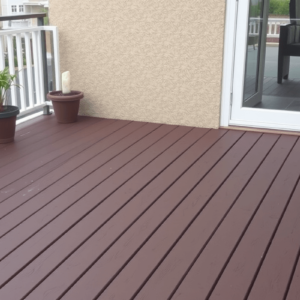Designing with Zinc Composite Panels: A Guide to Architectural Cladding
Introduction
Zinc composite panels (ZCP) are increasingly becoming a popular choice in modern architectural cladding due to their durability, aesthetic appeal, and sustainability. These panels offer architects and designers a versatile material that can be used in various architectural styles, from contemporary to traditional. This guide aims to provide insights into choosing the right type of ZCP for different architectural styles, installation methods, and the visual impact these panels can have on a building’s appearance.
Choosing the Right Type of Zinc Composite Panel
The selection of zinc composite panels is crucial for achieving the desired aesthetic and functional outcomes. Different architectural styles require different types of zinc panels based on their thickness, texture, and finish. For instance, a contemporary building might benefit from a smooth, brushed finish, while a historical renovation could use a more textured, pre-aged zinc panel to match the original look. Architects should consider factors like weather resistance, maintenance requirements, and the overall design intent when selecting the appropriate type of ZCP.
Installation Methods
Proper installation is essential to ensure the longevity and effectiveness of zinc composite panel cladding. Common installation methods include direct fixing, secret fixing, and cassette systems. Each method has its advantages depending on the project’s specific needs. Direct fixing involves attaching the panels directly to the substrate using screws or clips, offering simplicity but requiring precise alignment. Secret fixing systems hide fasteners within the panel joints, providing a cleaner look but increasing complexity. Cassette systems involve prefabricated panels that interlock, simplifying installation and ensuring consistent quality.
Visual Impact on Building Appearance
The visual impact of zinc composite panels on a building’s appearance is significant. The natural patina that develops over time gives zinc a unique character, evolving from a bright metallic hue to a soft, weathered gray. This aging process can enhance the architectural aesthetics by adding depth and texture. Additionally, the ability to apply custom finishes allows for a wide range of colors and patterns, making ZCPs suitable for both minimalist and ornate designs.
Case Studies: Showcasing Versatility
Several notable buildings demonstrate the versatility of zinc composite panels. The Philadelphia Museum of Art, renovated by Foster + Partners, uses zinc panels to create a striking contrast between old and new elements. In contrast, the Villa Savoye, restored by the same firm, employs zinc to preserve the original architectural integrity while enhancing durability. Both projects illustrate how ZCPs can adapt to diverse architectural contexts, from bold interventions to sensitive restorations.
Conclusion
Zinc composite panels offer architects and designers a robust, aesthetically pleasing, and sustainable solution for cladding. By understanding the nuances of choosing the right type of ZCP, employing effective installation methods, and leveraging the visual impact, professionals can create buildings that stand out and endure. As demonstrated through case studies, ZCPs are a valuable tool in the modern architect’s toolkit, capable of transforming both the function and form of structures.





Reviews
There are no reviews yet.